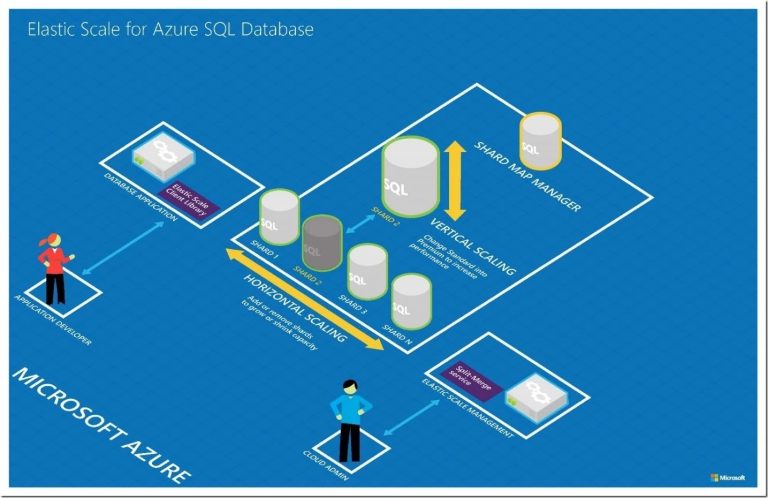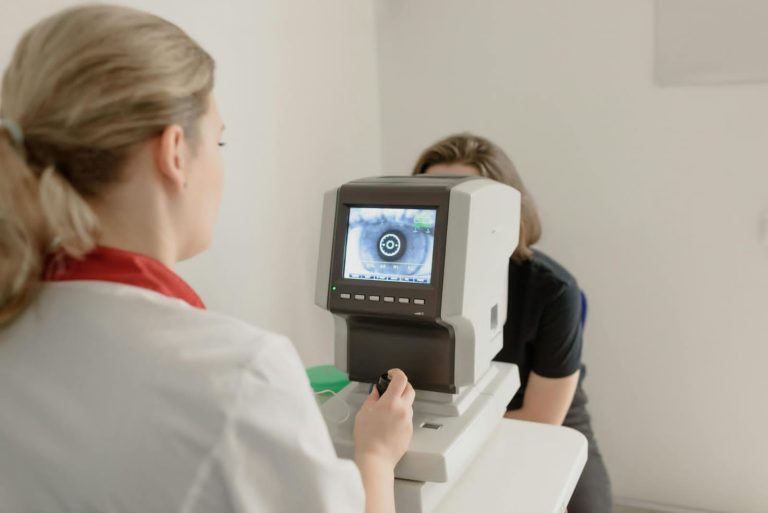5 Health and Safety Practices Every Seafood Restaurant Must Follow
Maintaining the integrity and quality of seafood meals offered to customers, as well as regulatory compliance, depends heavily on seafood restaurants adhering to health and safety regulations. By avoiding foodborne diseases and preserving customer happiness, thorough adherence to health and safety regulations not only ensures the safety of the customers but also protects the reputation and success of the restaurant.
1. Proper Handling and Storage of Fresh Seafood
The correct handling and preservation of fresh seafood bought from wholesale seafood suppliers is the first step toward ensuring food safety in seafood restaurants. Seafood should be examined for quality markers upon arrival, such as firm meat, a faint smell, and clear eyes in the entire fish. When purchasing and storing shellfish, it is best to have them alive to preserve freshness and avoid infection. The right storage temperature is essential to maintaining the safety and quality of seafood. If you want to keep fresh fish fresh, keep it refrigerated or on ice at a temperature below 40°F (4°C). This will prevent germs from growing. Seafood that is frozen should be kept in storage at or below 0°F (18°C) to avoid melting and spoiling.
2. Implementing Food Safety Protocols
Seafood restaurants use a variety of procedures aimed at preventing foodborne diseases and protecting patrons’ health. Restaurants must go by the rules and regulations set out by the local health authority, which often include routine inspections to ensure requirements for cleanliness, hygiene, and temperature control are met. For seafood meals to be free of dangerous germs and pathogens, cooking temperatures must be adjusted properly. When cooking fish, the interior temperature should be at least 145°F (63°C). For shellfish, such as clams and oysters, the internal temperature should be at least 145°F (63°C) or until the shells open. These temperatures guarantee the safety of seafood and lower the possibility of foodborne diseases linked to undercooked seafood. Seafood restaurants also need to keep their kitchens sterilized and clean to stop microbiological development and cross-contamination.
3. Ensuring Traceability and Sustainability
In seafood restaurants, ethical seafood procurement and consumption are contingent upon the implementation of traceability and sustainability policies. Tracking seafood items from their point of origin to the restaurant table entails maintaining openness on fishing methods, processing techniques, and product sources. Restaurants that are dedicated to traceability often collaborate with reliable suppliers that use environmentally friendly methods for collecting seafood and sustainable fishing methods. Selecting sustainable seafood means giving preference to species caught or raised in a way that maintains the health of ocean ecosystems and reduces fish population loss. Seafood meals from respectable organizations like the Aquaculture Stewardship Council (ASC) or the Marine Stewardship Council (MSC), which certify sustainable seafood products based on strict environmental and social requirements, may be served in restaurants.
4. Allergen Management and Dietary Considerations
For seafood restaurants to serve customers with dietary needs or food allergies, allergen control is essential. Shellfish (shrimp, crab, and lobster) and fish (salmon, tuna, and cod) are common sources of seafood allergies. Restaurants must make sure that their employees are educated to handle requests pertaining to allergens, avoid cross-contamination during food preparation, and prominently display allergy information on their menus. To reduce the chance of allergy exposure, separate locations for preparation and cooking utensils should be set aside for meals free of allergens. To guarantee that every customer has a safe eating experience, restaurant workers and customers must communicate about allergy issues. Seafood restaurants should not only manage allergens but also cater to dietary choices, such as vegetarian or vegan alternatives, by providing inventive seafood-free recipes that suit a variety of palates and nutritional requirements.
5. Training and Education of Staff
Maintaining health and safety requirements in seafood outlets heavily depends on the education and training of restaurant employees. Comprehensive training on safe food handling techniques, hygienic standards, allergy management, and emergency response protocols should be provided to staff members. Staff members are kept up to speed on industry developments, regulatory changes, and the safest seafood practices via ongoing education. Staff members should get certificates, seminars, and practical demonstrations as part of their training programs to ensure they have the information and abilities needed to carry out their jobs well. Seafood restaurants foster a culture of quality, professionalism, and customer care by allocating resources towards the training and development of their workers.
Conclusion
Respecting health and safety protocols is crucial for maintaining food quality, supporting ethical seafood procurement, and protecting patrons’ health at seafood restaurants. To make sure that your seafood eating experience is not only tasty but also safe and unforgettable, give top priority to seafood restaurants that exhibit a dedication to quality, safety, and health.






